THE FUTURE IS PACKED SUSTAINABLY
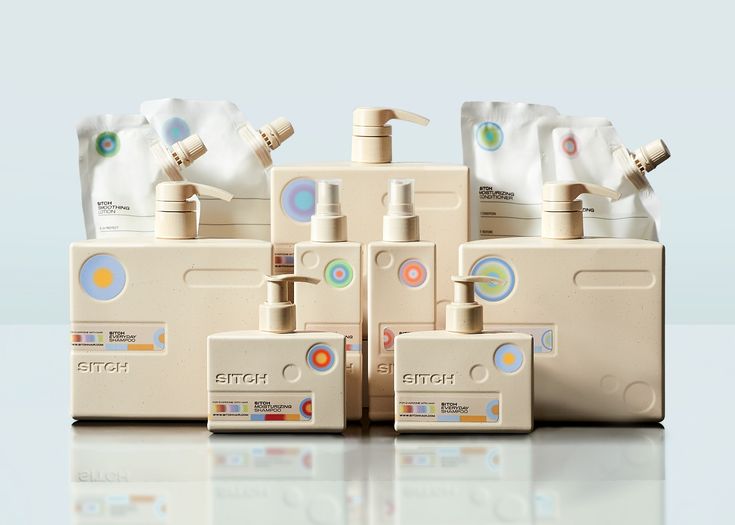
Reference image
We’ve always said that packaging is much more than a container for products. It has become the precursor to brand manifestos and essence, and within all of this, it plays a key role in the relationship with the planet. Choosing sustainable packaging is not a passing trend, it’s an intelligent strategy that redefines the way we connect with increasingly conscious consumers. But beyond the environmental discourse, what are the real reasons for making the change?
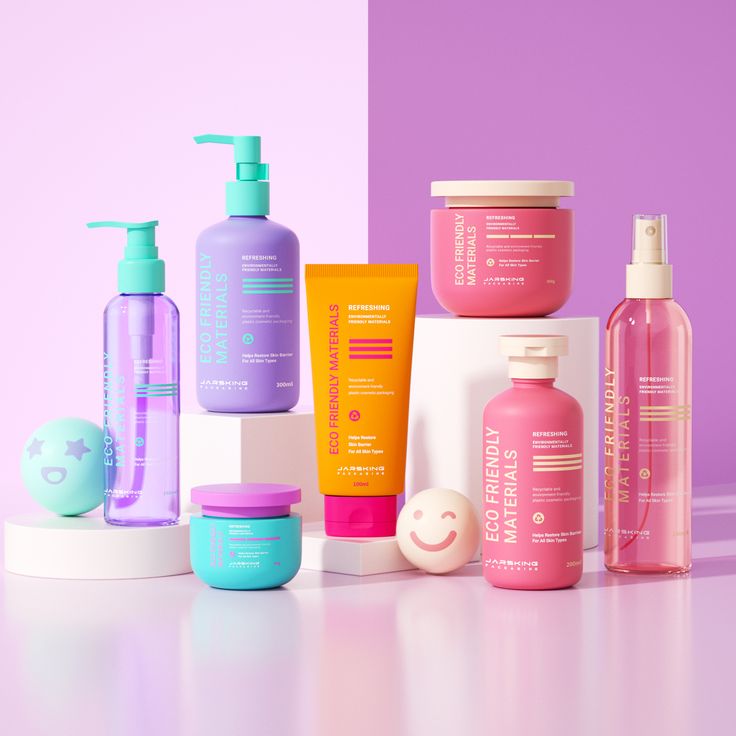
Reference image
1. Materials that tell stories
Each material has an origin and an impact. Opting for biodegradable, recyclable, or compostable packaging not only reduces environmental harm but also creates a powerful narrative for your brand. Bioplastics made from corn, seed paper, or recycled glass, each of these materials tells a story of innovation and connection.
2. From waste to opportunity
Plastic waste is one of the biggest environmental problems, but it’s also an opportunity to rethink the packaging industry. Companies integrating recycled materials into their designs not only reduce their carbon footprint, but they also create new value chains, generating jobs in communities that work on the collection and transformation of these wastes, while providing added value to customers who appreciate these actions.
3. Consumers demanding consciousness
Today, consumers want more than a good product; they seek brands that reflect their values. 55% of buyers consider the sustainability of the packaging when making a purchase decision. An eco-friendly package can be the tipping point that makes your brand the preferred choice in a constantly evolving market.
4. Less Impact, more responsibility
When responsibility increases, the impact decreases. By choosing sustainable packaging, brands not only comply with increasingly stringent environmental regulations but also demonstrate corporate responsibility. Opting for materials that minimize pollution and promote a circular economy is a step toward a more ethical and long-term viable business model.
5. Innovation with social impact
Sustainable packaging doesn’t just protect the planet, it’s also a tool for social change. From the use of natural fibers sourced from indigenous communities to projects that incorporate recycled materials collected by local cooperatives, every design decision can create a positive social impact.
6. Versatility in materials and design
Sustainability doesn’t mean rigidity. There are sustainable packaging options that allow for innovative designs, vibrant colors, and premium finishes without compromising their environmental impact. From eco-friendly inks to reusable modular structures, sustainable design is a precursor to creativity.
How do we make it possible?
At AMFORA, we help brands leave a positive footprint. We do it through the development of containers, packaging, and closures made from high-performance sustainable materials, such as:
Post-Consumer Recycled Materials (PCR)
- PCR PET: FDA-certified, suitable for food and pharmaceutical use.
- Multilayer PCR HDPE: Technology that protects the contents by separating the recycled material from the product (20% virgin – 60% PCR – 20% virgin).
- PP and HDPE FDA: Approved for food and pharmaceutical contact, ideal for injection and extrusion blow molding (EBM).
- PP and HDPE Non-FDA: Sustainable alternatives for non-food applications, also suitable for injection and EBM.
ABS PCR Black: Recycled from electronic equipment (under research).
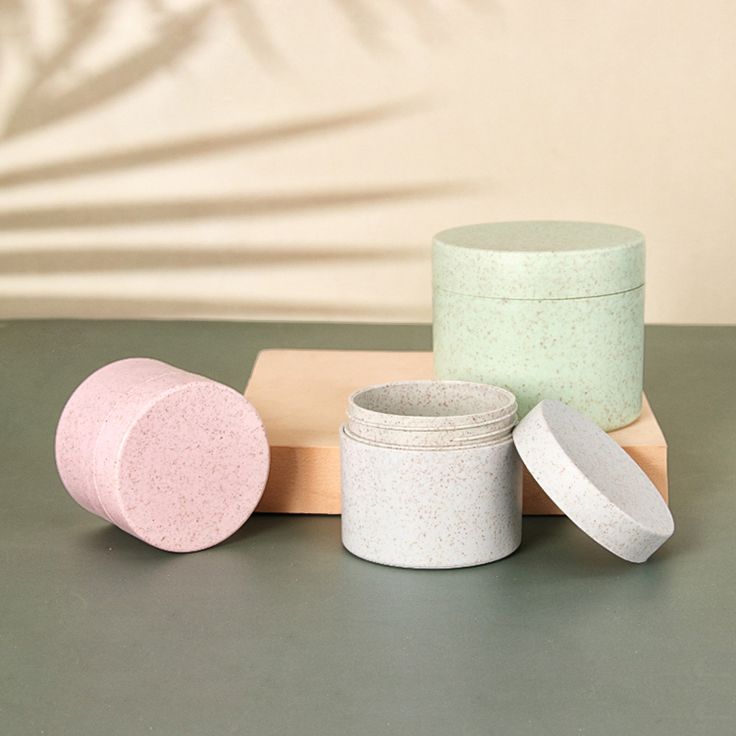
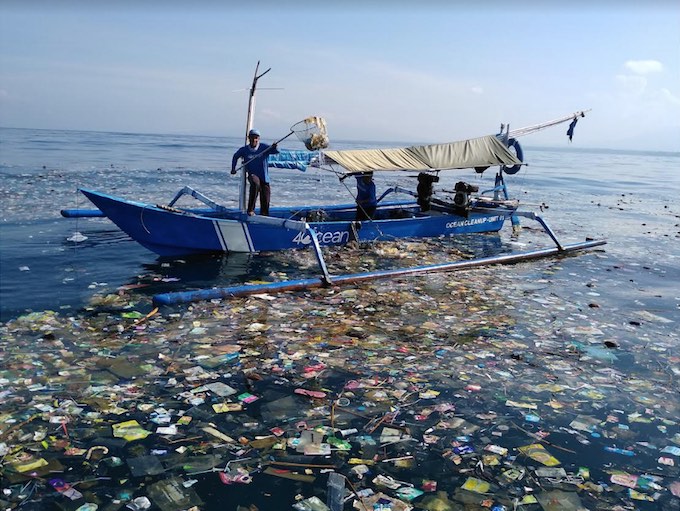
Next-Generation Plastics
- Modified PET & Copolyester: Advanced solutions in development, offering greater design versatility and superior technical performance, while maintaining a high percentage of recycled content.
- 100% Ocean Bound Plastic: Sourced from coastal areas at risk of marine pollution, this material is a direct commitment to recovering waste before it reaches the ocean—fostering a truly regenerative economy.
Bio-Resins
- Green HDPE: Made from sugarcane, this material helps reduce carbon emissions by replacing fossil-based resources with renewable ones.
Packaging is the first contact a consumer has with a brand. Making that first impression a statement of responsibility and good design is not only a smart decision but a necessity in today’s world.
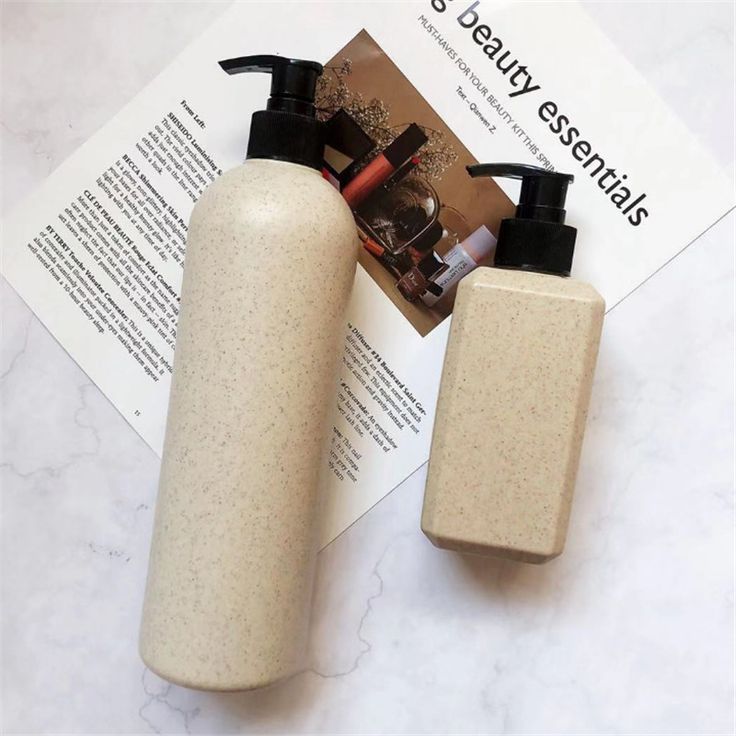
You can learn more about our actions in our sustainability section:
https://amforapackaging.com/sostenibilidad/
The future of packaging is already here. Is your brand ready to be part of the change?
Call us and let’s think together about how to make an impact with your next project.
